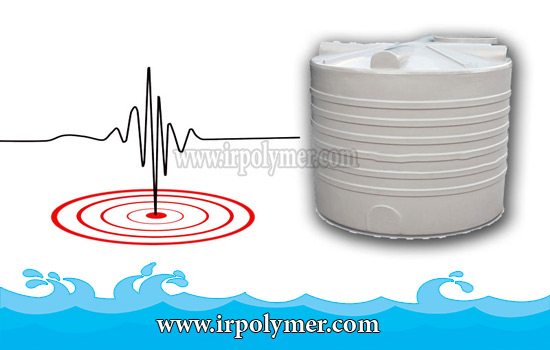Having a water tank for long-term water storage is essential. However, it’s important to know that metal or steel tanks do not withstand weather elements such as storms and earthquakes well, leading to their destruction and potential water loss. If any other fluid besides water is stored inside, leaks can create environmental problems. Therefore, one should look for a tank that, in addition to chemical resistance, affordability, and high durability, also possesses earthquake-resistant properties.
After concrete and metal tanks, lightweight polymer tanks with high strength were produced, which have many advantages over metal tanks. However, composite tanks represent a newer generation, using combinations of fibers such as glass fibers and polymer resins like epoxy, offering high resistance to environmental factors such as earthquakes. In fact, these tanks undergo extensive reinforcement.
The arrangement of fibers in directions from 0 to 90 degrees determines earthquake resistance. Examples of composite tanks include FRP, GRP, and SMC tanks. The construction of composite tanks is divided into manual and machine methods; manual methods do not require advanced equipment and are less costly but take longer to prepare and build. Meanwhile, machine methods using filament winding produce cylindrical tanks. These tanks are very lightweight and due to the arrangement of fibers in different directions, they exhibit resistance to natural elements.
Transportation is straightforward, and in difficult terrain, modular and prefabricated types of these tanks can be used effectively. They are leak-proof and have a long lifespan. Therefore, using various types of composite tanks in earthquake-prone environments is essential. Additionally, steel tanks can be reinforced and made lighter using composites.

